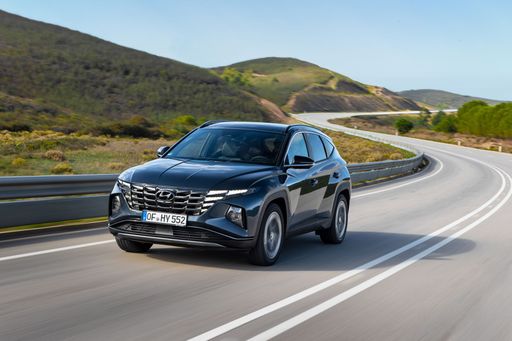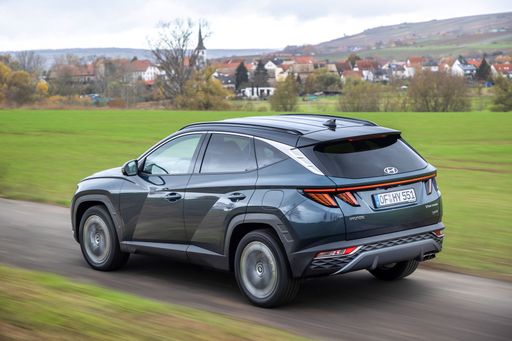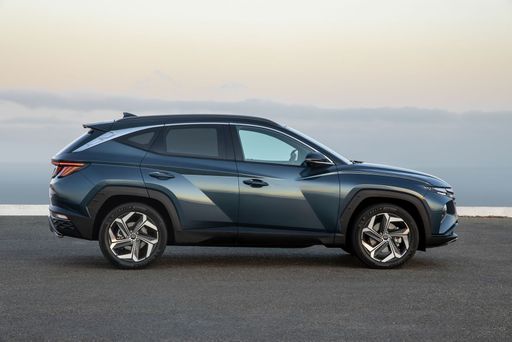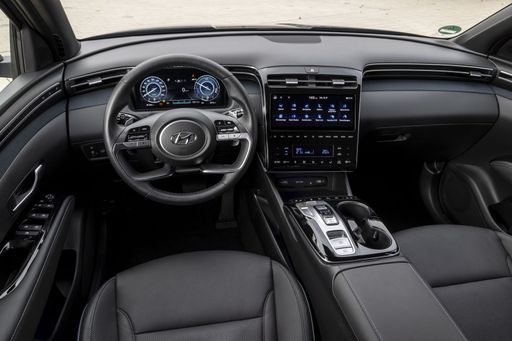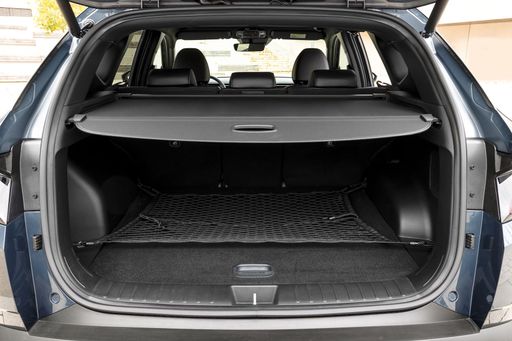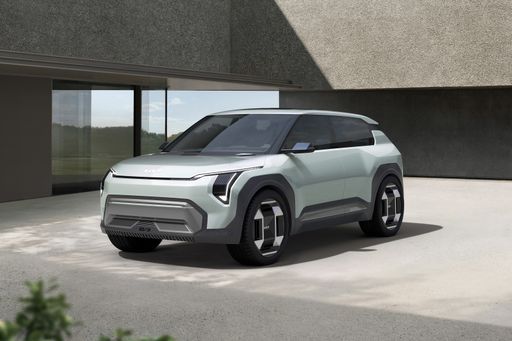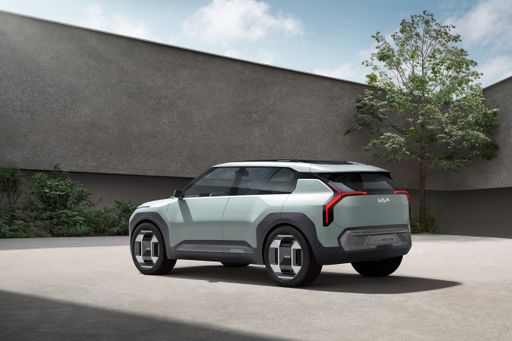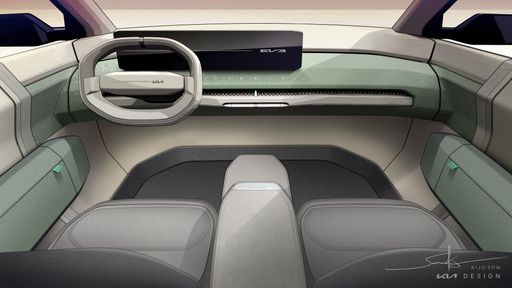A Battle of Two Titans: Hyundai Tucson vs Kia EV3
In the rapidly evolving automotive world, the competition between SUVs has never been fiercer, especially with the advent of innovative electric vehicles. The Hyundai Tucson and Kia EV3 stand out in 2024, each embodying distinct characteristics and technologies that cater to varied consumer needs. This article explores the technical specifications, innovations, and overall performance of both models to help potential buyers make an informed choice.

